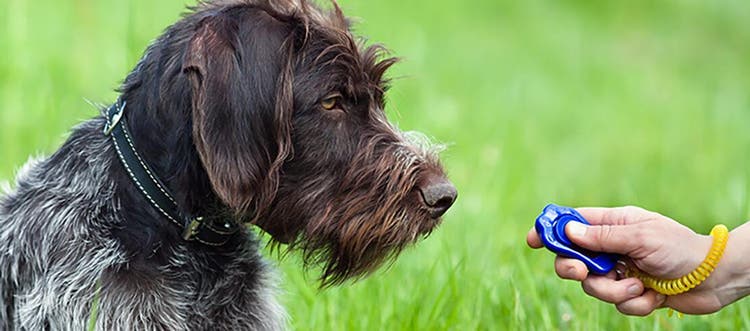Reviewed by Dr Abbie Lam DVM
Swimming is an important and valuable skill for dogs so they can stay safe while enjoying their time in the water. These tips will help you with teaching a dog how to swim.
Can all dogs swim? Pet owners often wonder this when they introduce their dog or puppy to a home with a backyard pool or take their pet to the beach or lake. If you want to teach a dog to swim but don’t know where to start, these tips will help you and your dog enjoy a safe and happy experience in the water.
The benefits for your dog
Swimming is a great low-impact exercise, which can be highly beneficial if your dog is older and has joint problems or for dogs that are recovering from a musculoskeletal injury. It is also a great way to lose weight or just as a regular exercise activity. Swimming can be a great way to keep your senior dog active as it has minimal impact on their joints.
However, if your dog doesn’t know how to swim properly, they may panic in the water and do more harm to themselves. Dog swimming lessons will enable your pet to be calm and confident in the water and it will also help to improve their movement and flexibility. It’s a fantastic form of exercise to help them recover from injury and assist in preventing any further injuries from occurring.
Top tips
Use a controlled environment
When you first start to train your dog to swim, starting in the right environment is essential. A calm body of water such as a shallow pool or creek helps your dog feel more comfortable as they are starting out. As they start to feel more confident in the water, you can introduce them to the beach and waves.
Have the right equipment
A bouncy vest is a useful device to use at first to help keep your dog afloat during the training process. A long lead will also help you to teach your dog direction and enable you to lead them around the pool.
Ensure your dog can easily get out of the pool
There will always be times when we are not able to supervise our dogs. While there are dog swimming pools available, many Australian homes now have their own built-in pools, and this can present serious dangers for a dog who is unable to swim, as they could jump in while chasing after a toy or fall in accidentally. A fence surrounding a pool also protects your dog from falling into the pool and struggling to swim. Unfortunately, accidents happen. Your dog might not know how to swim to safety, and we may not be there to rescue them when it happens.
A large object, such as a plant pot or umbrella, should be placed at the exit of the pool so your dog can easily find the way out, as they generally can’t see over the edge of the pool. You could also consider using a ramp, which may be easier than steps when entering and exiting the water.
Be patient and continue to offer plenty of encouragement and rewards – it could take five or six sessions for your dog to feel truly comfortable in the water.
Introduce them to the water slowly
It can be fun for the family to include dogs when enjoying the pool at home, but it’s important that your dog is safe around your pool.
Introduce your dog to the water slowly – let them do everything at their own pace. Never push or pull your dog into the water as this could scare them and have a lasting effect for life.
If you have a friend or neighbour whose dog is a strong swimmer, invite them around to your place. Your dog may be more tempted to try swimming themselves if they see another dog enjoying the water, but make sure that you are also there to hold them afloat until they get the hang of it.
Make it rewarding
Ensure that when you are training your dog to swim, it is a rewarding experience for both you and your pet. Reward your dog when they make progress, such as getting their feet wet or swimming a short distance.
Swimming can be great fun for dogs if they’re taught properly. While most dogs have the instinct to swim naturally, some have to be taught to enjoy it as an activity. Once this has been achieved, you can use swimming as a great recreational activity, exercise, rehab and sport for your dog.
You can motivate your pup to swim by having a helper to hold them at the water’s edge while you go into the water first and cross to the other side. Ideally, the water should only be half a metre to one metre deep. Once you reach the other side, call your dog and show them food or a toy. Your helper can then let go of your dog, or keep them on a long leash if necessary. Most pups will eventually run into the water to get to you and will usually have to do a few swimming strokes and cross to the deeper section of the pool so they can reach you. Then you can reward them with their favourite toy or treat. The more you practice this technique, the easier your dog will find it to enter the water each time.
While teaching your dog to swim can be a difficult type of training to navigate, it not only keeps them safer and healthier, but it also provides a great new way for you and your furry best friend to have fun together. That way, both you and your dog can enjoy quality time in the water together, especially during the hot Australian summers. There are lots of different ways to exercise your dog in the warmer and cooler months. If you’re out enjoying the great outdoors with your dog, it’s important to make sure they are up-to-date with their parasite protection.






